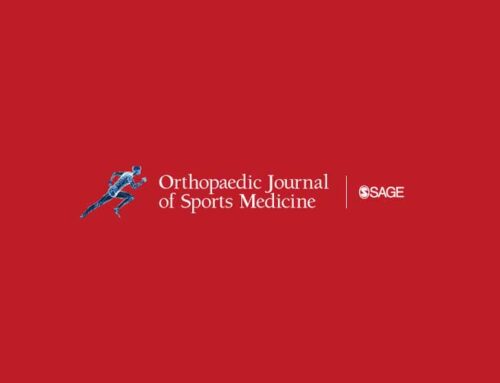BACKGROUND:
The minimal clinically important difference (MCID) has been defined in orthopaedics and is the smallest change that a patient considers meaningful. Less is known about improvements that the patient perceives as clinically considerable, or the substantial clinical benefit (SCB). For the young, highly functioning patient cohort with femoroacetabular impingement (FAI), the SCB is an important measure of clinical success.
PURPOSE:
To derive the SCB for FAI treatment and identify outcome score thresholds and patient variables predictive of the SCB.
STUDY DESIGN:
Cohort study (diagnosis); Level of evidence, 2.
METHODS:
The modified Harris Hip Score (mHHS), the Hip Outcome Score activities of daily living (HOS-ADL) and sport (HOS-Sport) subscales, and the international Hip Outcome Tool (iHOT-33) were prospectively administered to 364 patients with a minimum 1-year follow-up. At 1 year postoperatively, patients graded their hip function based on several anchor responses such as “no change” and “much improved.” The SCB was defined as the change on each outcome tool that equated to the difference between “no change” and “much improved” on the health transition question. Receiver operating characteristic analysis with area under the curve (AUC) was used to identify optimal values that were most representative of the SCB. Multivariable analysis identified patient variables predictive of the SCB.
RESULTS:
The net change in outcome scores corresponding to the SCB for the mHHS, HOS-ADL, HOS-Sport, and iHOT-33 was 19.8, 10.0, 29.9, and 24.5, respectively. The following postoperative outcome scores demonstrated excellent distinction (AUC >0.8) between “no change” and “much improved” and thus were considered absolute values for the postoperative SCB: 82.5 (mHHS), 93.3 (HOS-ADL), 84.4 (HOS-Sport), and 63.5 (iHOT-33). Preoperative scores on the HOS-ADL (83.3) and HOS-Sport (50.0) were significant threshold cutoffs, above which attaining the SCB became less likely. Younger age and lower Outerbridge grade were predictive of achieving the SCB.
CONCLUSION:
The SCB has not been previously defined in the hip preservation literature and is complementary to the MCID as the upper bound for clinically significant improvement. We identified predictive preoperative and diagnostic postoperative outcome scores for the SCB that can be used to manage patient expectations and grade outcomes. These findings are objective criteria for defining clinical success after arthroscopic FAI treatment.









